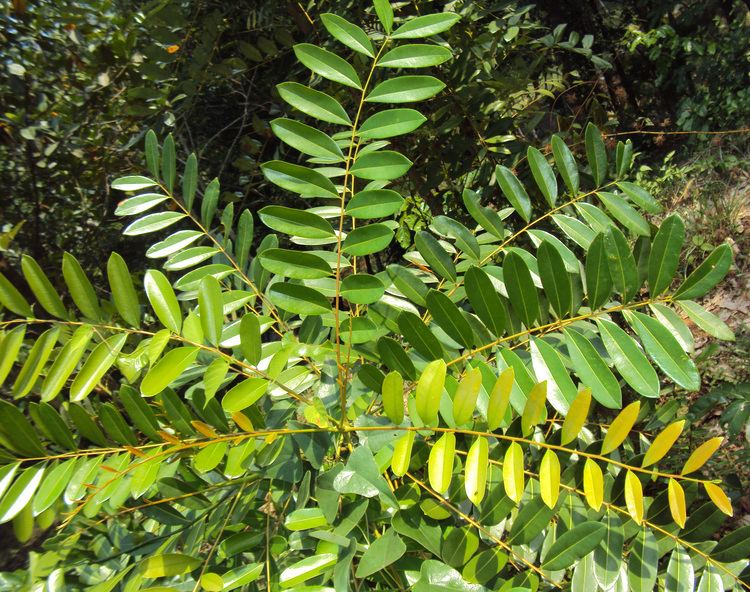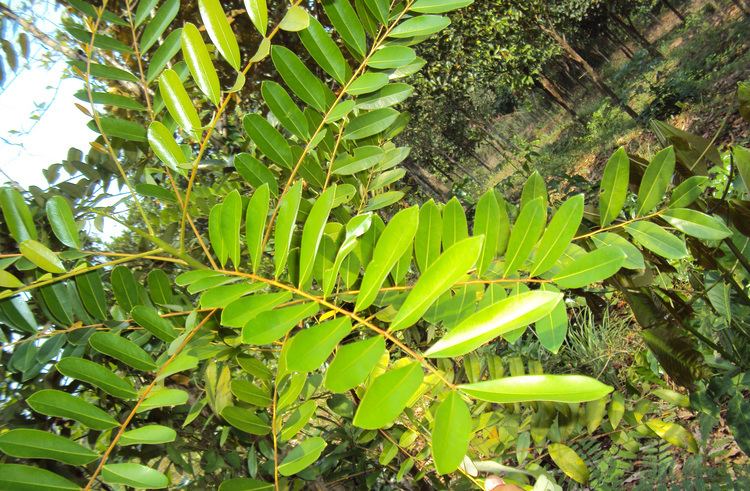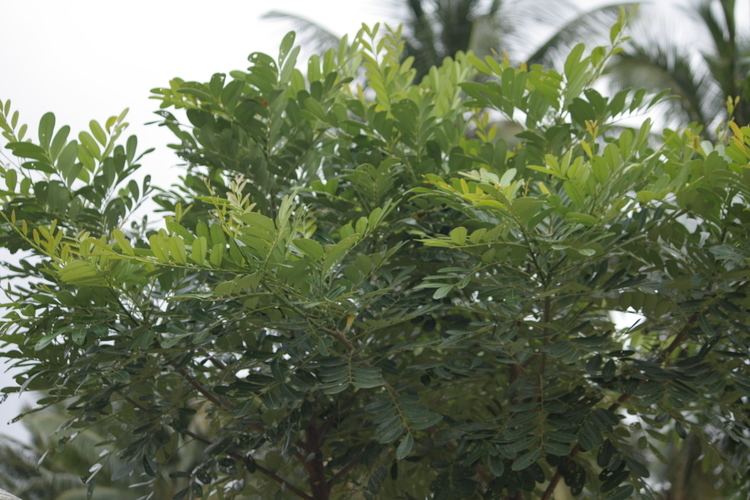Rank Species | Genus Simarouba Higher classification Simarouba | |
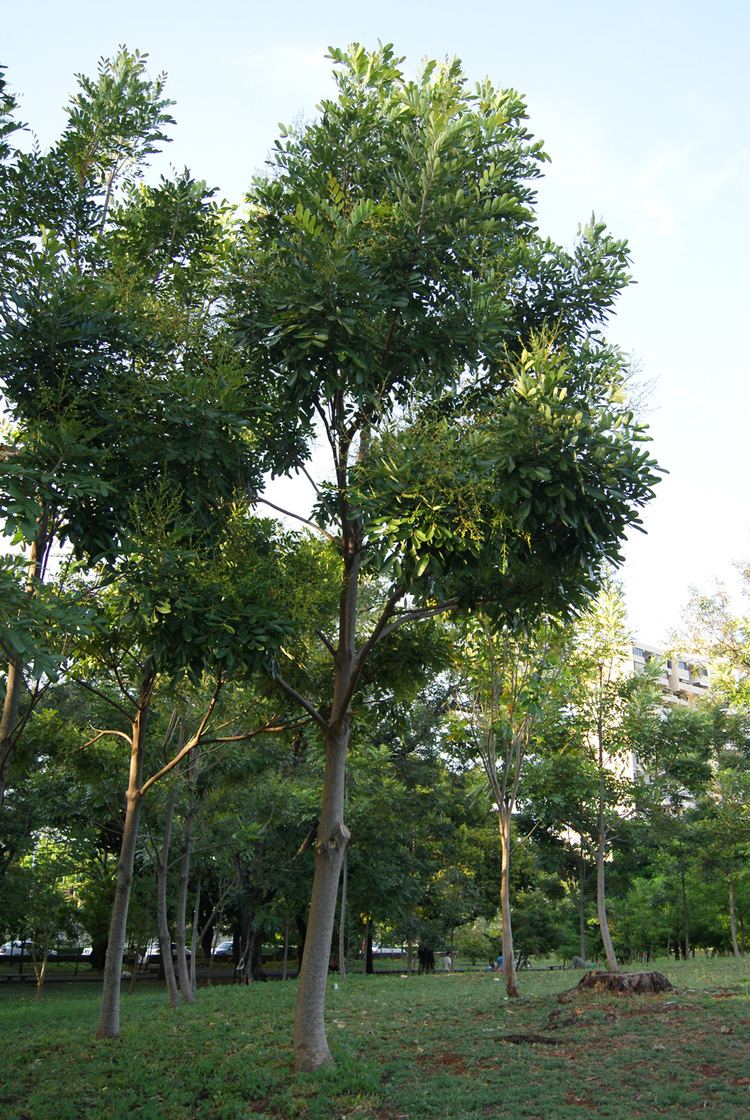 | ||
Similar Simarouba, Simaroubaceae, Simarouba amara, Bursera simaruba, Coccoloba diversifolia | ||
Simarouba glauca is a species of flowering tree that is native to Florida in the United States, southern Florida, South America, and the Lesser Antilles. Common names include paradise-tree, dysentery-bark, and bitterwood. Its seeds produce an edible oil. The tree is well suited for warm, humid, tropical regions. Its cultivation depends on rainfall distribution, water holding capacity of the soil and sub-soil moisture. It is suited for temperature range of 10 to 40 °C (50 to 104 °F). It can grow at elevations from sea level to 1,000 m (3,300 ft). It grows 40 to 50 ft (12 to 15 m) tall and has a span of 25 to 30 ft (7.6 to 9.1 m). It bears yellow flowers and oval elongated purple colored fleshy fruits.
Contents
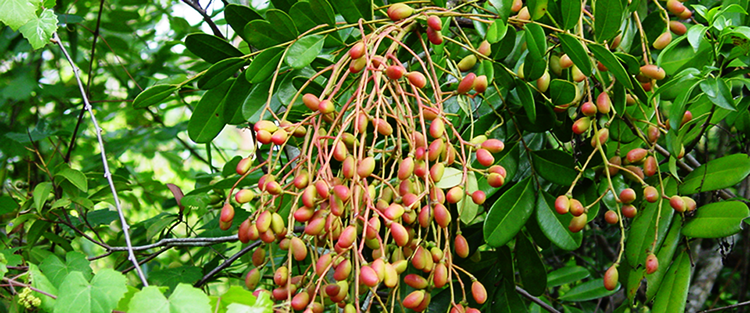
Cultivation
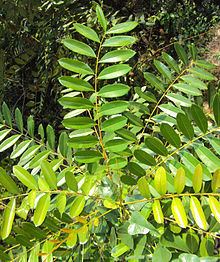
It can be propagated from seeds, grafting and tissue culture technology. Fruits are collected in the month of April / May, when they are ripe and then dried in sun for about a week. Skin is separated and seeds are grown in plastic bags to produce saplings. Saplings 2 to 3 months old can be transplanted to a plantation.
Environmental impact

The tree forms a well-developed root system and dense evergreen canopy that efficiently checks soil erosion, supports soil microbial life, and improves groundwater position. Besides converting solar energy into biochemical energy all round the year, it checks overheating of the soil surface all through the year and particularly during summer. Large-scale planting in wastelands facilitates wasteland reclamation, converts the accumulated atmospheric carbon dioxide into oxygen and contributes to the reduction of greenhouse effect or global warming.• The wood is generally insect resistant and is used in the preparation of quality furniture, toys, in match industry, as pulp (in paper making) as fuel and the oil is free from bad cholesterol. It can be also used for industrial purposes in the manufacture of BIOFUELS, soaps, detergents, lubricants, varnishes, cosmetics, pharmaceuticals etc.
